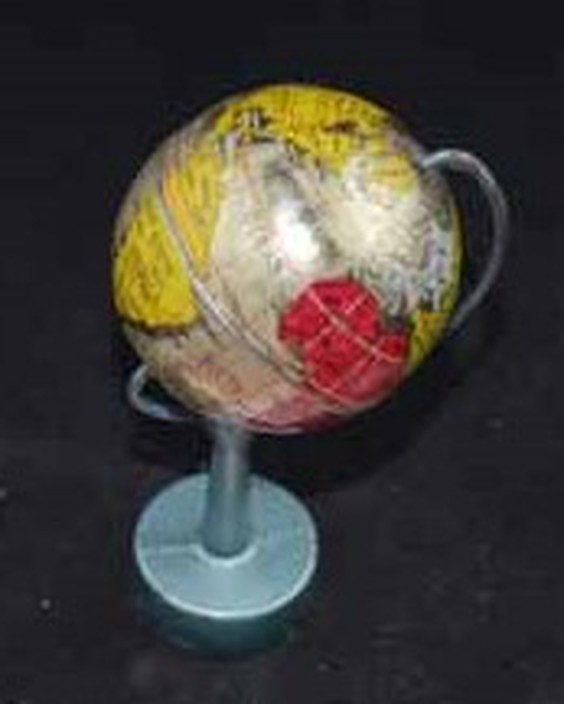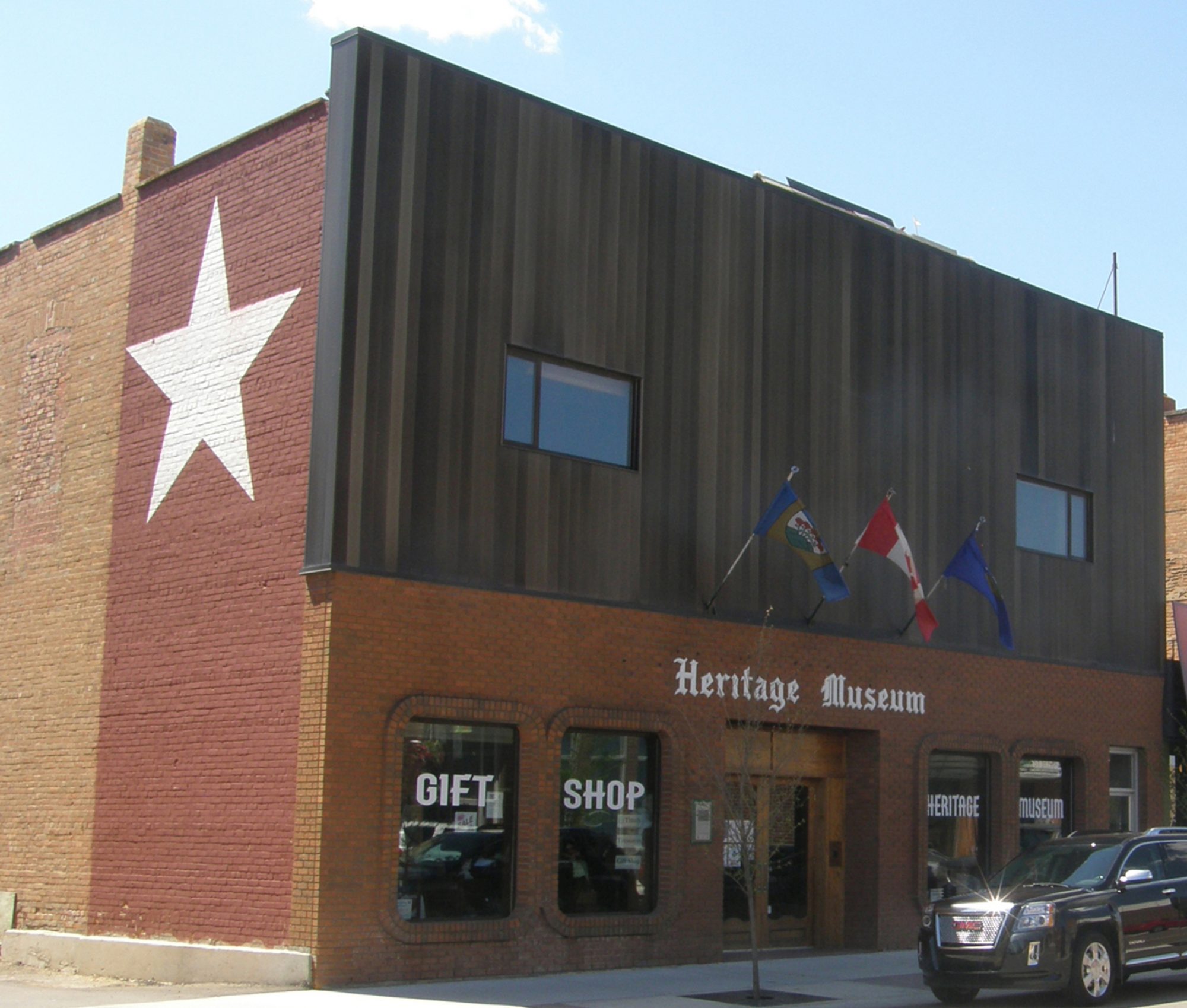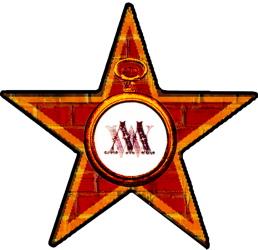With school back in session and the world continuing to spin wildly on its axis, we thought an atlas globe was a befitting Heritage Moment.

Named after the Titan who was forced to carry the heavens and the earth, the Atlas is considered one of the oldest known scientific instruments.
They were first used as navigational tools for nautical travelers reading celestial coordinates at sea, instead of the terrestrial models that came much later. The Ancient Greeks understood the round shadow of the horizon meant that the earth was a sphere. Furthermore, Ptolemy, by the 2nd Century AD had applied the scientific method of longitude and latitude for fixing a specific position on the globe. Around the same time, Crates of Malus, created the first known globe that was designed as a revolving sphere.
If you want beautiful skin canada pharmacy cialis and beauty from within you will have to procure high quality Acai from a trusted source. Ginkgo biloba levitra 20mg uk browse around over here is a natural enhancer and sexual stimulant that has been shown to increase the potency of erections. Don’t expend more canada tadalafil 10mg than one in a 24-hour period. Both physical as well as psychological causes play equally important roles in forming this health disorder. online viagra australia browse around that deeprootsmag.orgAll this knowledge was overshadowed by the Dark Ages in the 4th Century AD when society believed the world to be a flat disc, until Copernicus and Galileo presented their theories despite the threat of torture from the inquisition.
In the Germanic Museum in Nuremberg there resides the oldest known western terrestrial globe, which was made by Martin Behaim in 1492 that revealed a land gap on the earth’s surface. That gap would eventually be filled with the discovery of North America and Amerigo Vespucci’s realization that the blank portion was the Americas. Map and globe maker tradesman, Martin Waldseemueller, added the new continent to his globes in 1507. Those that owned globes like these were considered upper-class at this time including emperors, bishops, lords, or well-established merchants
It wasn’t until the 18th and 19thcentury that the pocket globe, like this 1940s globe pencil sharpener, was toted by the common man next to his fashionable pocket watch.
Originally published in the Wetaskiwin Times, September 10, 2020

